Androids vs. Robots: Who will win?
Assault Android Cactus appears to be an obtuse name on the surface, but it accurately describes the game after a few moments with it. Players assault robots with a group of androids, including one with the name Cactus. If it sounds silly that's because it is, but in a charming kind of way. The lighthearted premise contrasts the core gameplay experience, which leans heavily on the dual-stick shooter formula and provides a sizable challenge. That challenge and the quest for leaderboard dominance keeps players coming back for more, but the experience wears thin after a while. A lack of meaningful content prevents Assault Android Cactus from achieving something greater, but at least there's plenty of fun shooting action along the way.
An incredibly quick tutorial teaches the basics of Assault Android Cactus before players are sent on their way, and the simplicity initially works in the game's favor. Move with the left analog stick, aim with the right analog stick, use RT to shoot, and LT to switch weapons/dodge—those are the only controls in the game, which makes Assault Android Cactus the perfect pick-and-play game. Though the structure of the game will seem familiar to fans of dual-stick shooters, the fact that death doesn't equal "game over" provides a novel twist. Instead, players must pick up batteries that are dropped by random enemies in order to keep the battery meter full. Once it's depleted, it's game over. Players can die repeatedly and still complete a level, which keeps the high-octane action going at all times.
The rapid pace results in a challenging game, at least as a solo experience. The enemy counts climb higher and higher as the game progresses, and each zone ends with a boss fight. I struggled quite a bit with the boss fights, earning a rating of 'D' on each one. The regular levels, on the other hand, went in my favor with a lot of 'A's and 'B's, though I did see the game over screen a handful of times. I appreciate the challenge, but players can bring in friends for some local co-operative multiplayer. The enemy counts scale with additional players, but the game seems more manageable with the extra firepower.
Another way to alleviate difficulty is to pay close attention to power-ups on the screen which occasionally drop from enemies. There are three different colors: yellow increases speed, blue freezes enemies, and red increases firepower. The power-ups change over time, so there's a layer of strategy when it comes to the mechanic. When there are a lot of enemies on the screen, it's best to wait for the blue power-up. When you find yourself surrounded, yellow might be more useful. Smart management of power-ups can be the difference between life or death, though I wish the game added more of them to create a stronger sense of combat versatility.
More power-ups might have also prevented some of the tedium that sets in after long periods of time with Assault Android Cactus. It gets repetitive after a while, though the game tries to shake things up with progressive level design. The first few levels are straightforward, but then the game adds little twists along the way. One level may periodically turn off the lights, while another changes shape every few moments. It keeps players on their toes, even though stage deaths are absent from the game.
The variety of characters in Assault Android Cactus helps prevent some of the repetition, as each one touts its own distinctive set of weapons. The titular Cactus sports a simple assault rifle and flamethrower, while other androids like Starch use laser guns and missile launchers. The broad selection caters to different playstyles, and I switched back and forth between characters to challenge myself and keep things interesting. It's also fun to try out different combinations in the local multiplayer, as some players can focus on crowd control while others select characters with more powerful guns.
Despite the eight total characters in Assault Android Cactus, the game doesn't offer a whole lot in terms of content. It only takes a few hours to complete the game's five zones, and there's also an Infinity Drive mode that keeps going until the battery runs out. The Daily Drive option wasn't available in my review build, but that will likely add daily challenges. Aside from that, there's not a whole lot to see. Assault Android Cactus is a game driven by leaderboards and rankings, but that only appeals to so many people. As much fun as I had with Assault Android Cactus, I'll never be good enough to find myself in the top 10 of a single level, and thus my determination to keep playing has disspiated. The game offers a codex, bestiary, and a series of extras that can be unlocked with credits earned by playing the campaign. Some of the unlockables are genuinely amusing, such as a first-person mode and trippy visual filters, but they only provide momentary diversions.
It's unfortunate that Assault Android Cactus feels a bit slight, because the game is quite a bit of fun in short bursts. Playing through the five zones provided a strong challenge, and the inclusion of so many distinct characters rewards those who experiment and try out different combinations. The luster eventually wears off, but players that enjoy seeing their names near the top of leaderboards will find a reason to keep coming back. As for everyone else, Assault Android Cactus occupies a handful of hours with a solid dual-stick shooter campaign.
-
Character variety
-
Provides a solid challenge
-
Gets repetitive
-
Short campaign
-
Local co-op is fun
Assault Android Cactus Review
-
Assault Android Cactus Review #1
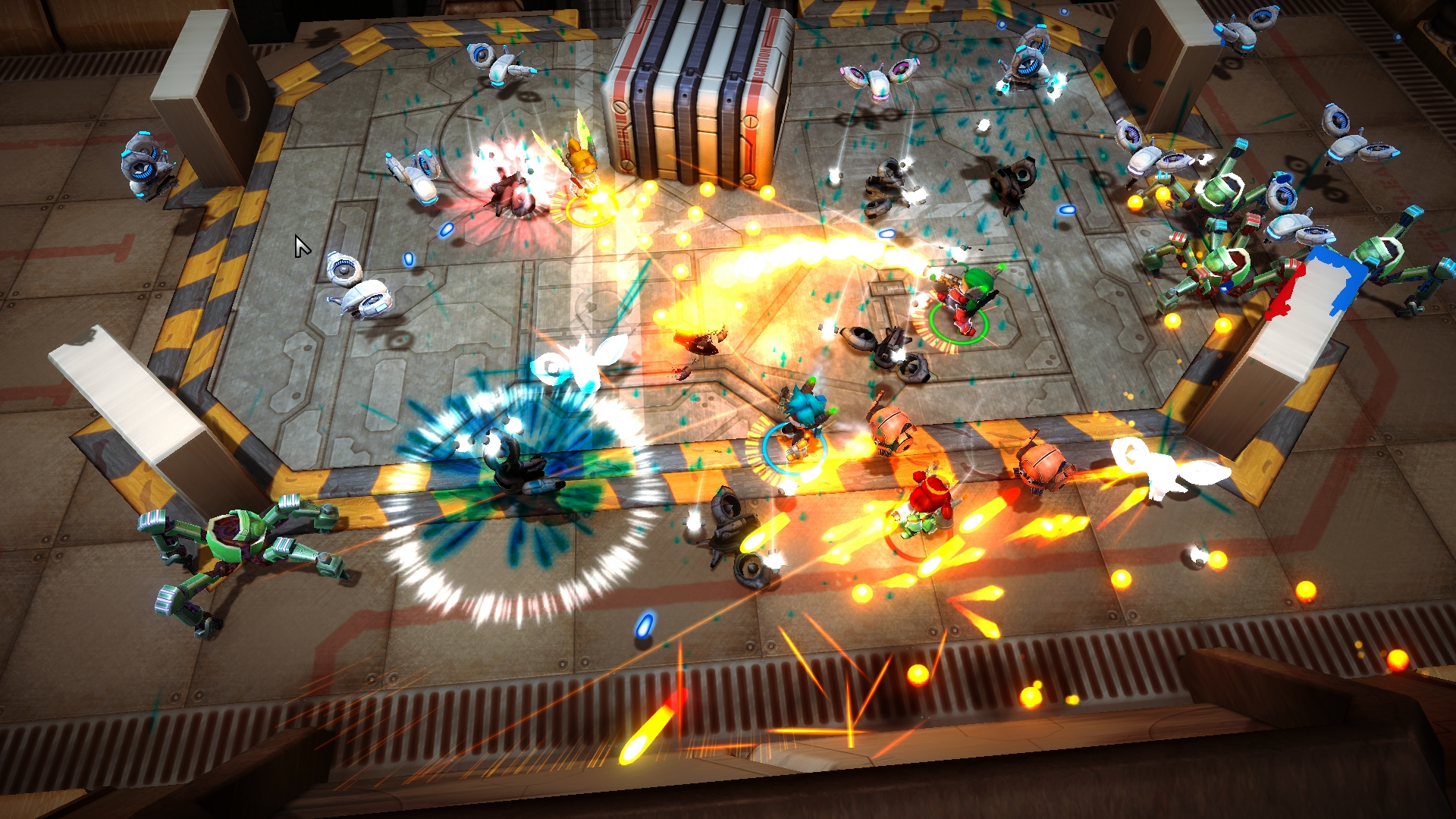
-
Assault Android Cactus Review #2
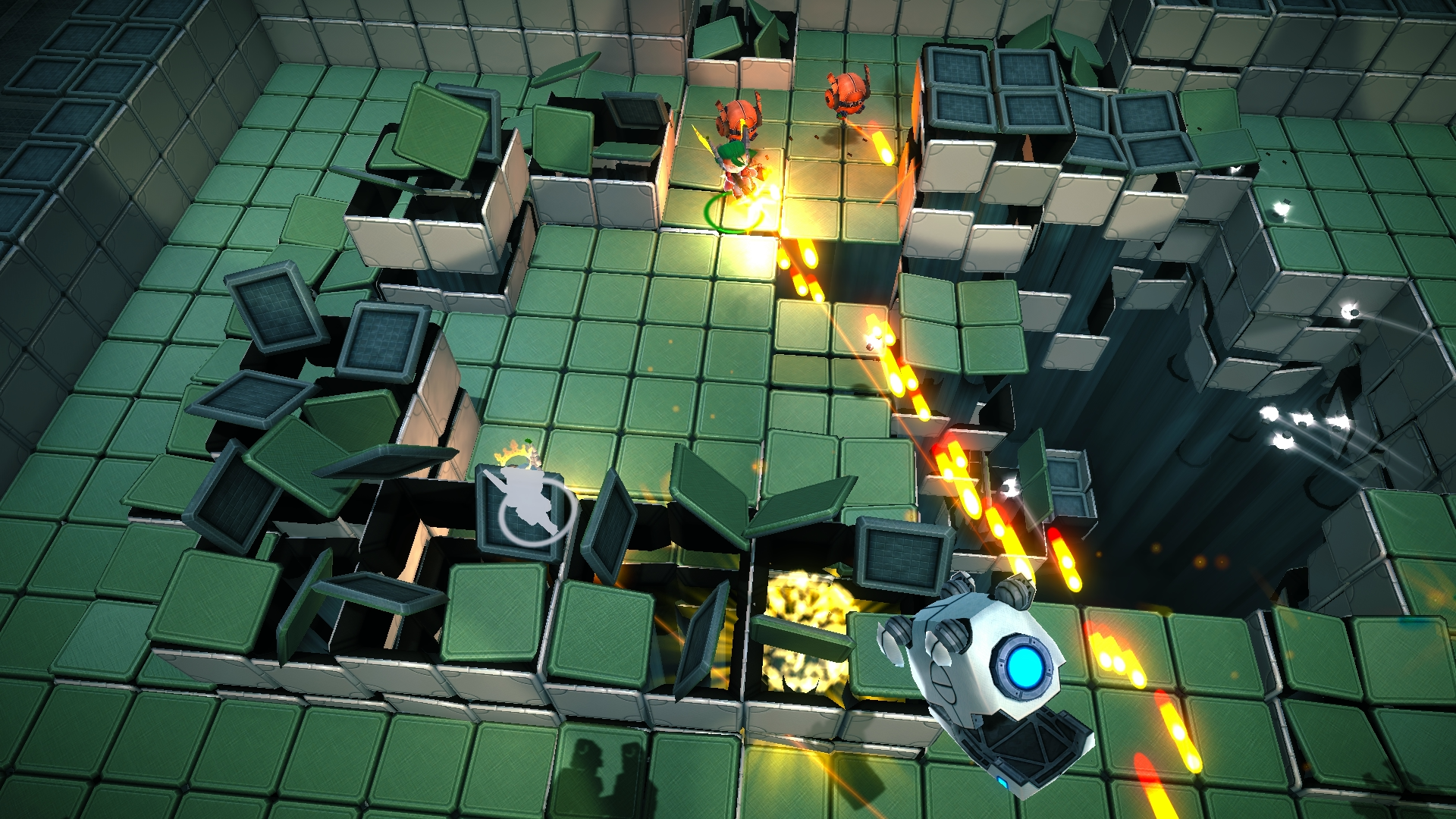
-
Assault Android Cactus Review #3
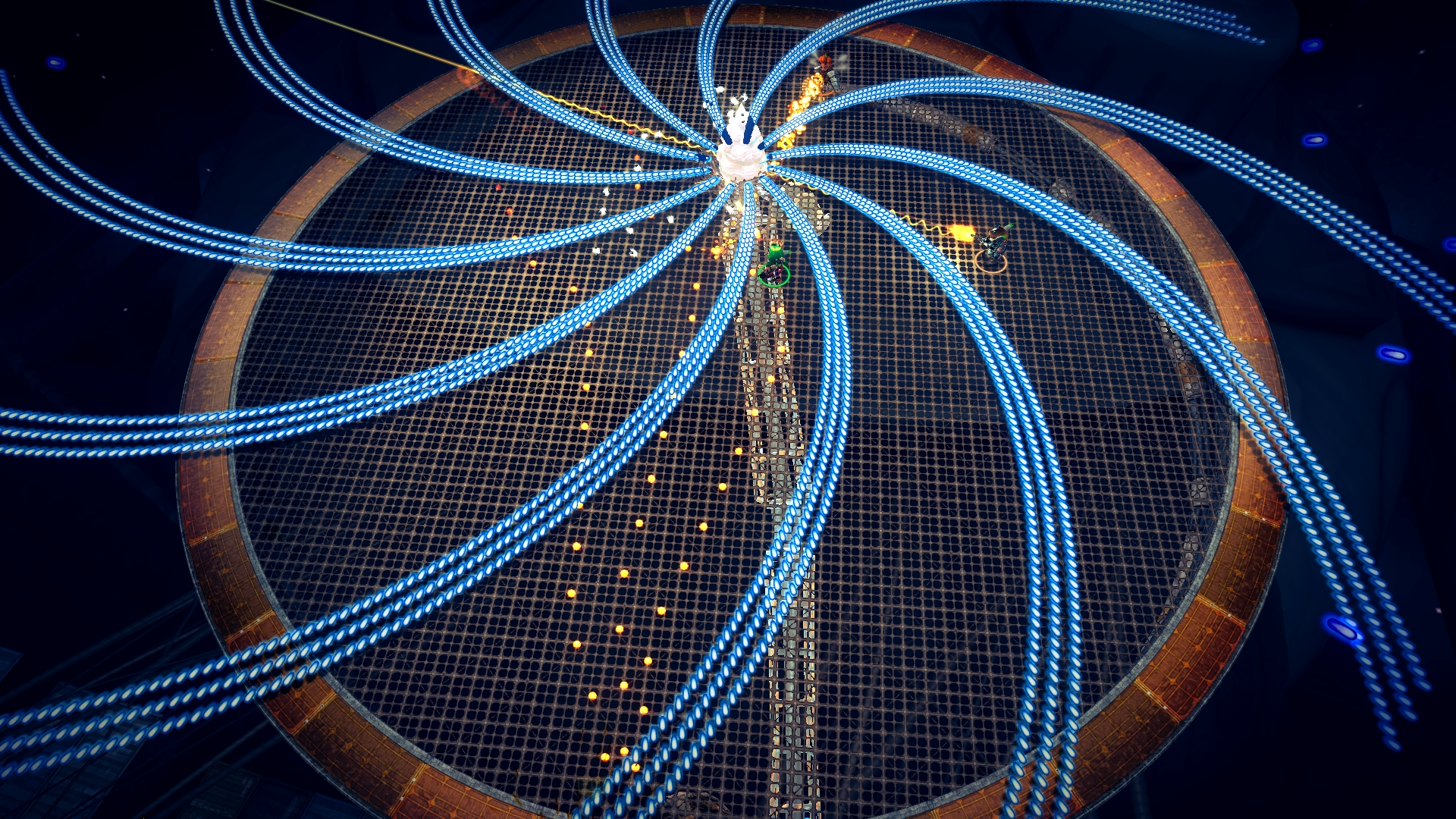
-
Assault Android Cactus Review #4
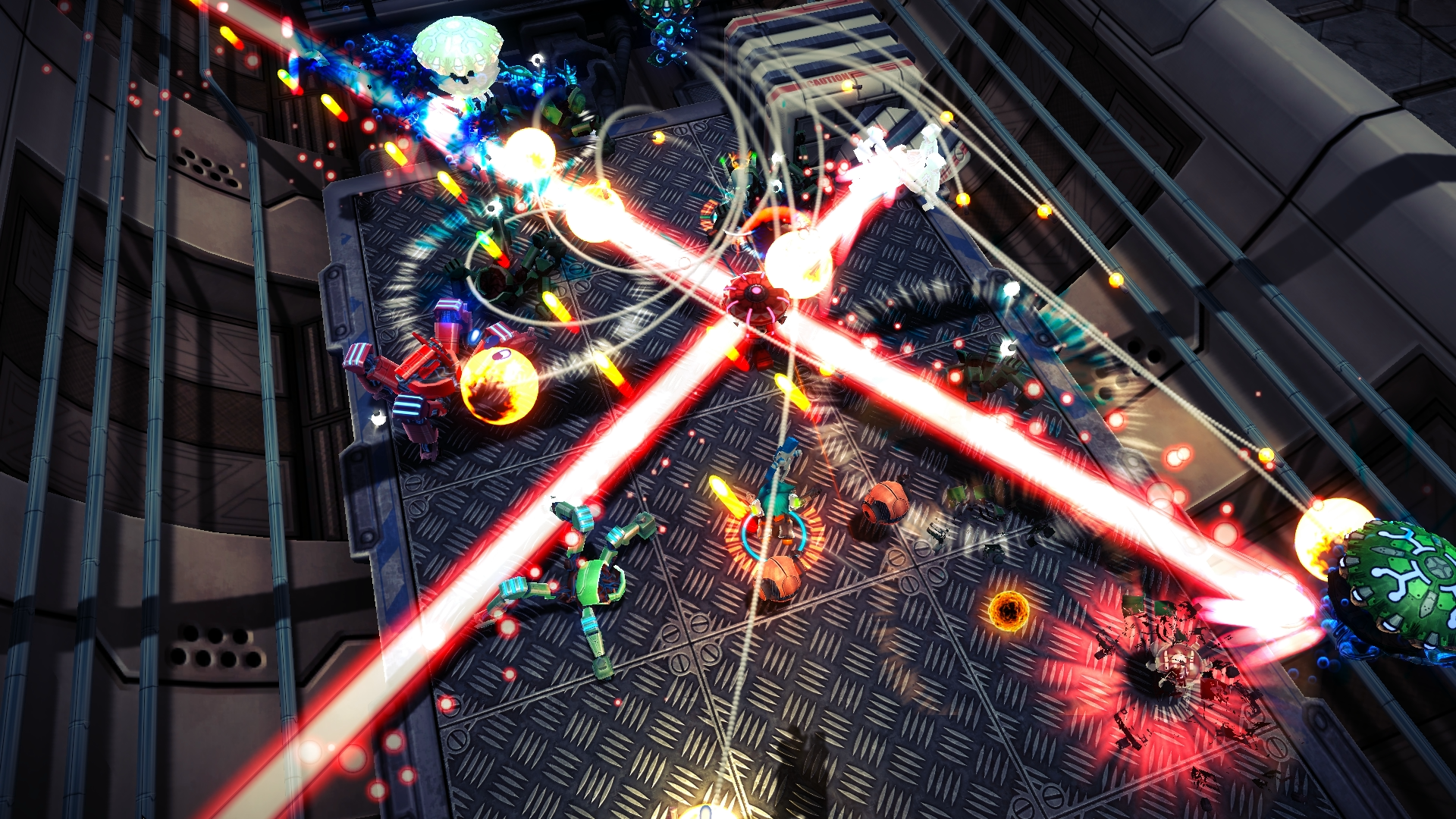
-
Assault Android Cactus Review #5
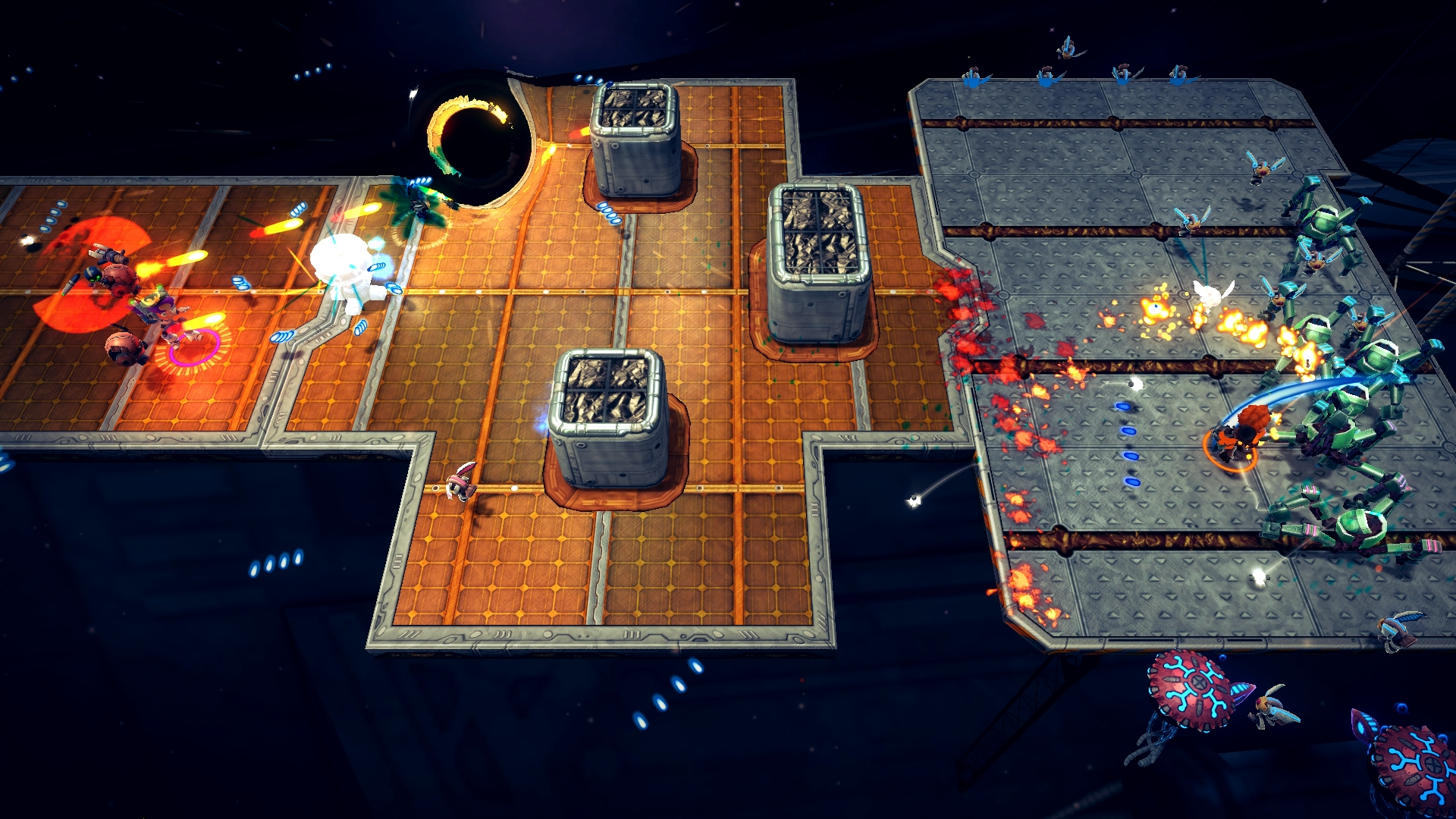
-
Assault Android Cactus Review #6
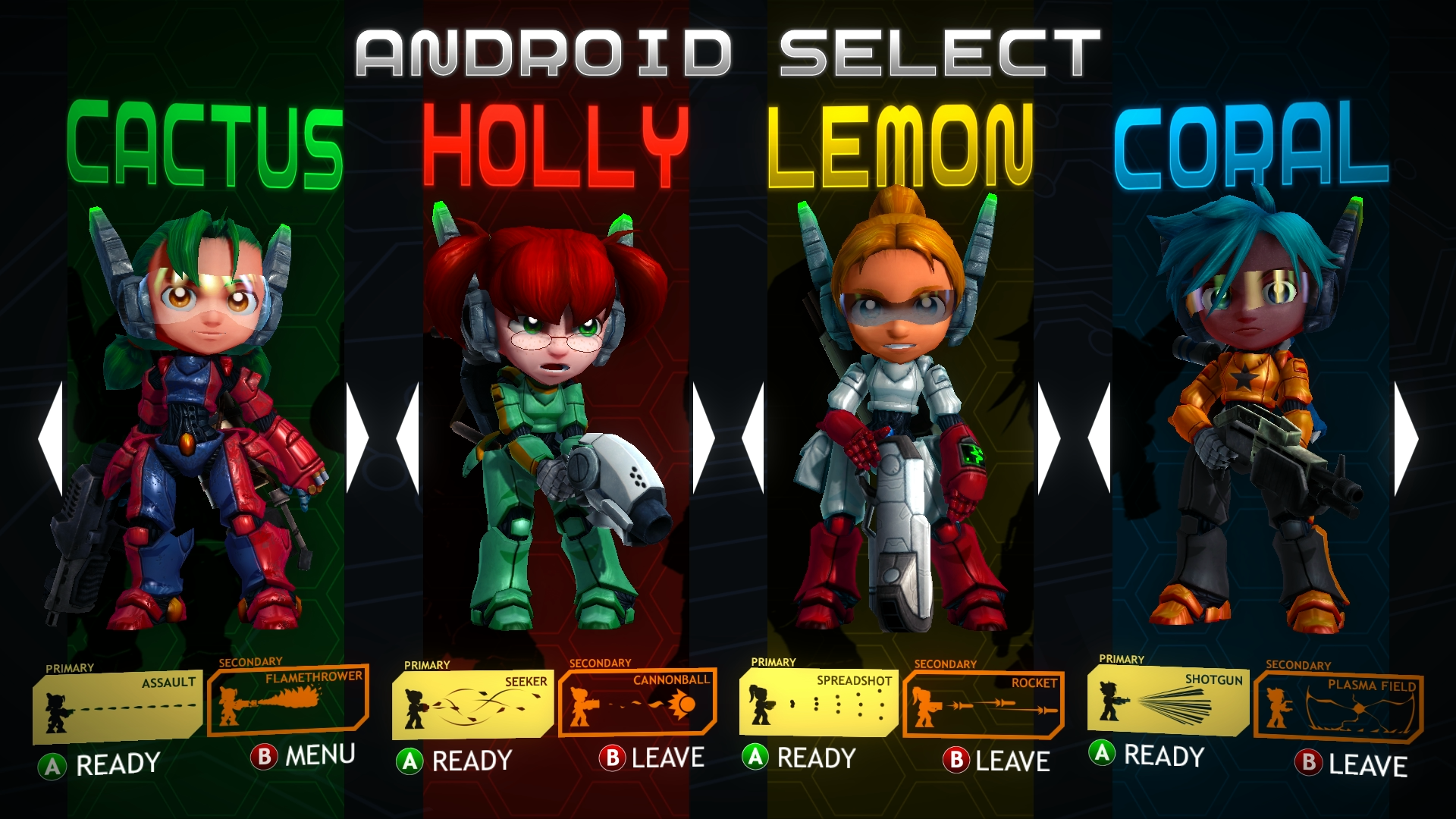
-
Assault Android Cactus Review #7

-
Assault Android Cactus Review #8
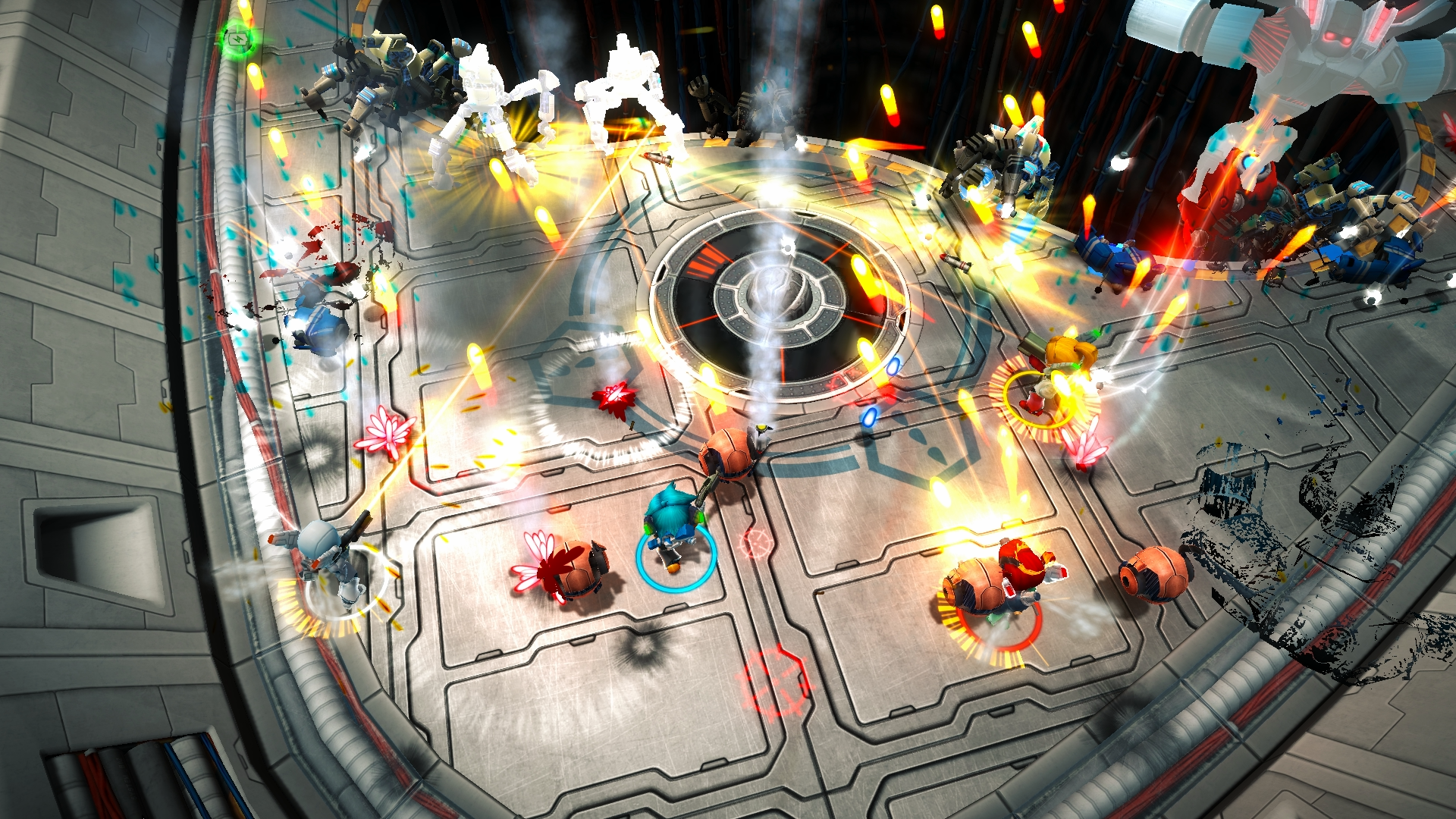
-
Assault Android Cactus Review #9








